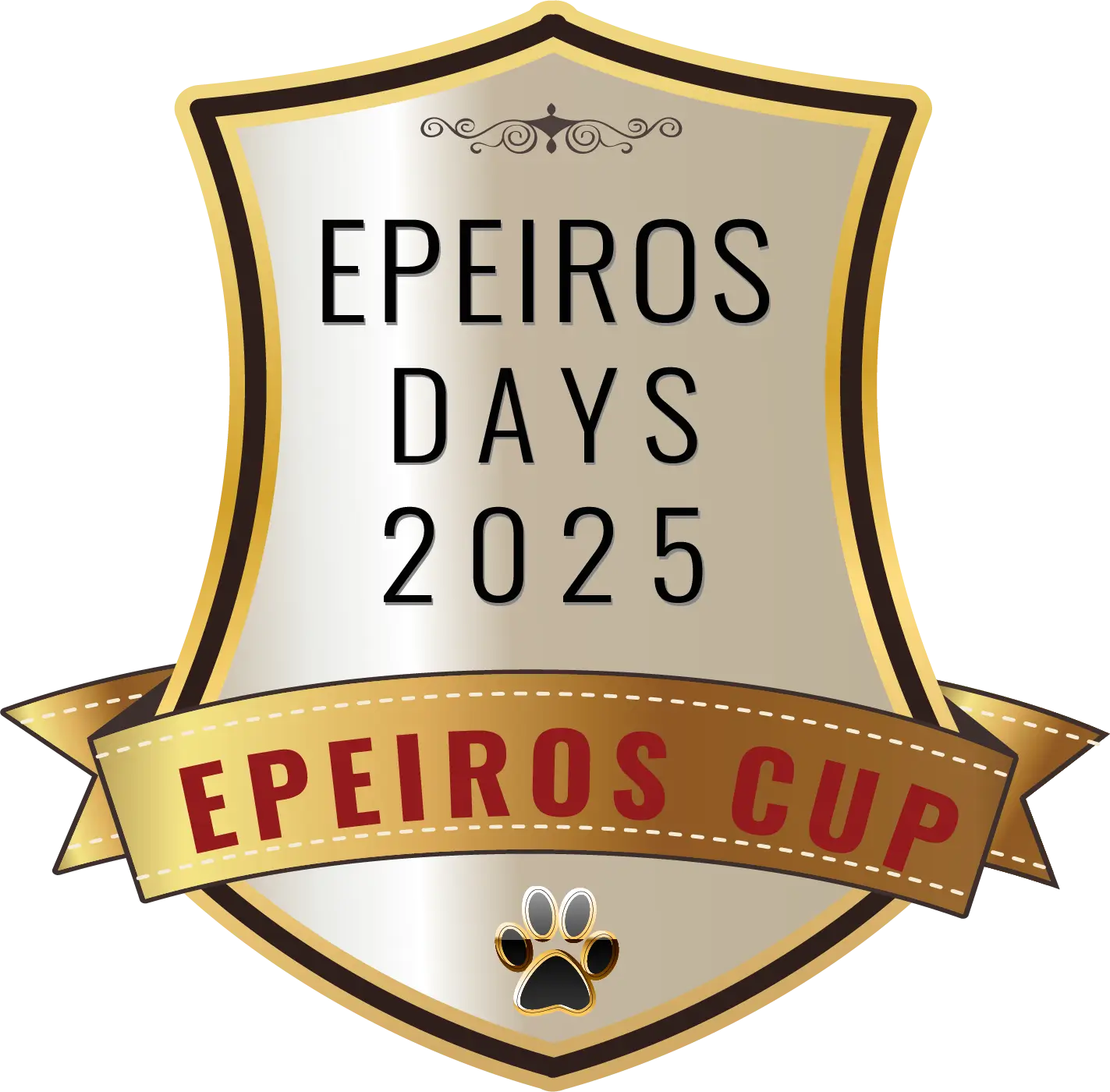GENERAL APPEARANCE: Well proportioned, smooth outline showing quality, gracefulness and perfect balance, combined with sufficient substance to give impression of endurance. Any tendency to coarseness or weediness undesirable.
IMPORTANT PROPORTIONS:
Skull and foreface approximately equal in length. Body slightly longer than height at shoulder.
BEHAVIOUR/ TEMPERAMENT:
Tenacious, hard-working, of great tractability. Keen, alert, responsive and intelligent. Neither nervous nor aggressive.
HEAD
CRANIAL REGION:
Skull: Fairly broad, occiput not pronounced. Stop: Very distinct.
FACIAL REGION:
Nose: Black, except in brown or chocolate colour when it may be brown. In blues nose should be slate colour. Nostrils well developed.
Muzzle: Tapering to nose, moderately short and strong.
Jaws/teeth: Teeth and jaws strong with a perfect, regular and complete scissor bite, i.e. upper teeth closely overlapping lower teeth and set square to the jaws.
Cheeks: Not full or rounded.
EYES: Set wide apart, oval shaped, of moderate size, brown in colour except in merles where one or both or part of one or both may be blue. Expression mild, keen, alert and intelligent.
EARS: Medium size and texture, set well apart. Carried erect or semi-erect and sensitive in use.
NECK: Of good length, strong and muscular, slightly arched and broadening to shoulders.
BODY: Athletic in appearance. Slightly longer than height at withers.
Loins: Deep and muscular but not tucked up.
Chest: Deep and rather broad, ribs well sprung.
TAIL: Moderately long, the bone reaching at least to hock, set on low, well-furnished and with an upward swirl towards the end, completing graceful contour and balance of dog.
Tail may be raised in excitement, never carried over back.
LIMBS
FOREQUARTERS: Front legs parallel when viewed from front. Bone strong but not heavy.
Shoulder: Well laid back.
Elbow: Close to body.
Metacarpus (Pastern): Slightly sloping when viewed from side. Forefeet: Oval, pads deep, strong and sound, toes arched and close together. Nails short and strong.
HINDQUARTERS: Broad, muscular, in profile sloping gracefully to set on of tail.
Thigh: Long, deep and muscular.
Stifle: Well turned.
Hock joint: Strong, well let down.
Metatarsus (Rear pastern): From hock to ground, hindlegs well boned and parallel when viewed from rear.
Hind feet: Oval, pads deep, strong and sound, toes arched and close together. Nails short and strong.
GAIT/MOVEMENT: Free, smooth and tireless, with minimum lift of feet, conveying impression of ability to move with great stealth and speed.
COAT
Hair: Two varieties: Moderately long or Smooth.
In both, topcoat dense and medium textured, undercoat soft and dense giving good weather resistance. In the moderately long-coated variety, abundant coat forms mane, breeching and brush. On face, ears, forelegs (except for feather), hindlegs from hock to ground, hair should be short and smooth.
Colour: Variety of colours permissible. White should never predominate.
SIZE AND WEIGHT:
Ideal height at withers: Males: 53 cm (21 ins),
Females: slightly less.
FAULTS: Any departure from the foregoing points should be considered a fault and the seriousness, with which the fault should be regarded should be in exact proportion to its degree and its effect upon the health and welfare of the dog and on its ability to perform its traditional work.
DISQUALIFYING FAULTS:
• Aggressive or overly shy.
• Any dog clearly showing physical or behavioural
abnormalities.
N.B:
• Male animals should have two apparently normal testicles
fully descended into the scrotum.
• Only functionally and clinically healthy dogs, with breed
typical conformation, should be used for breeding.
